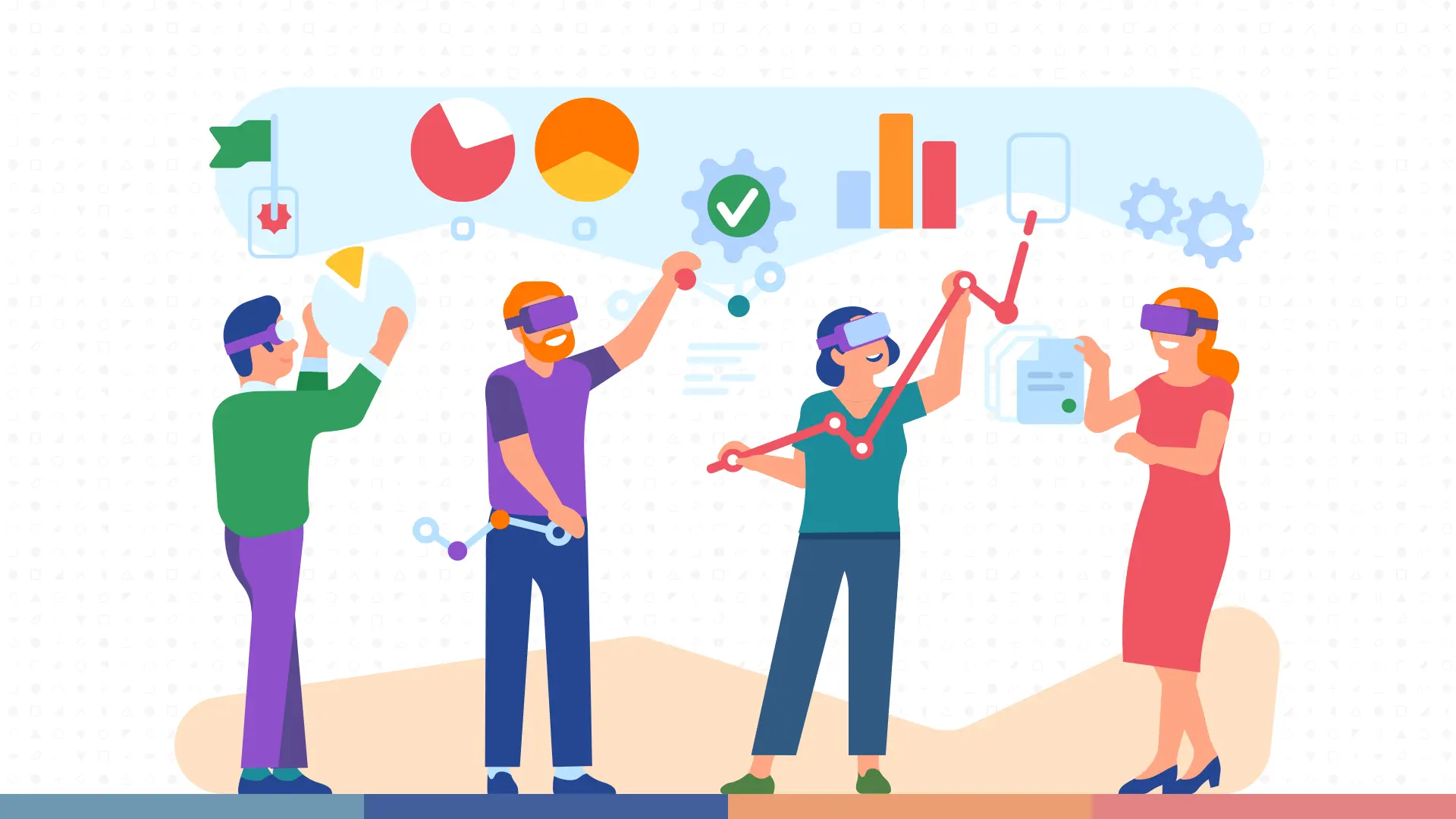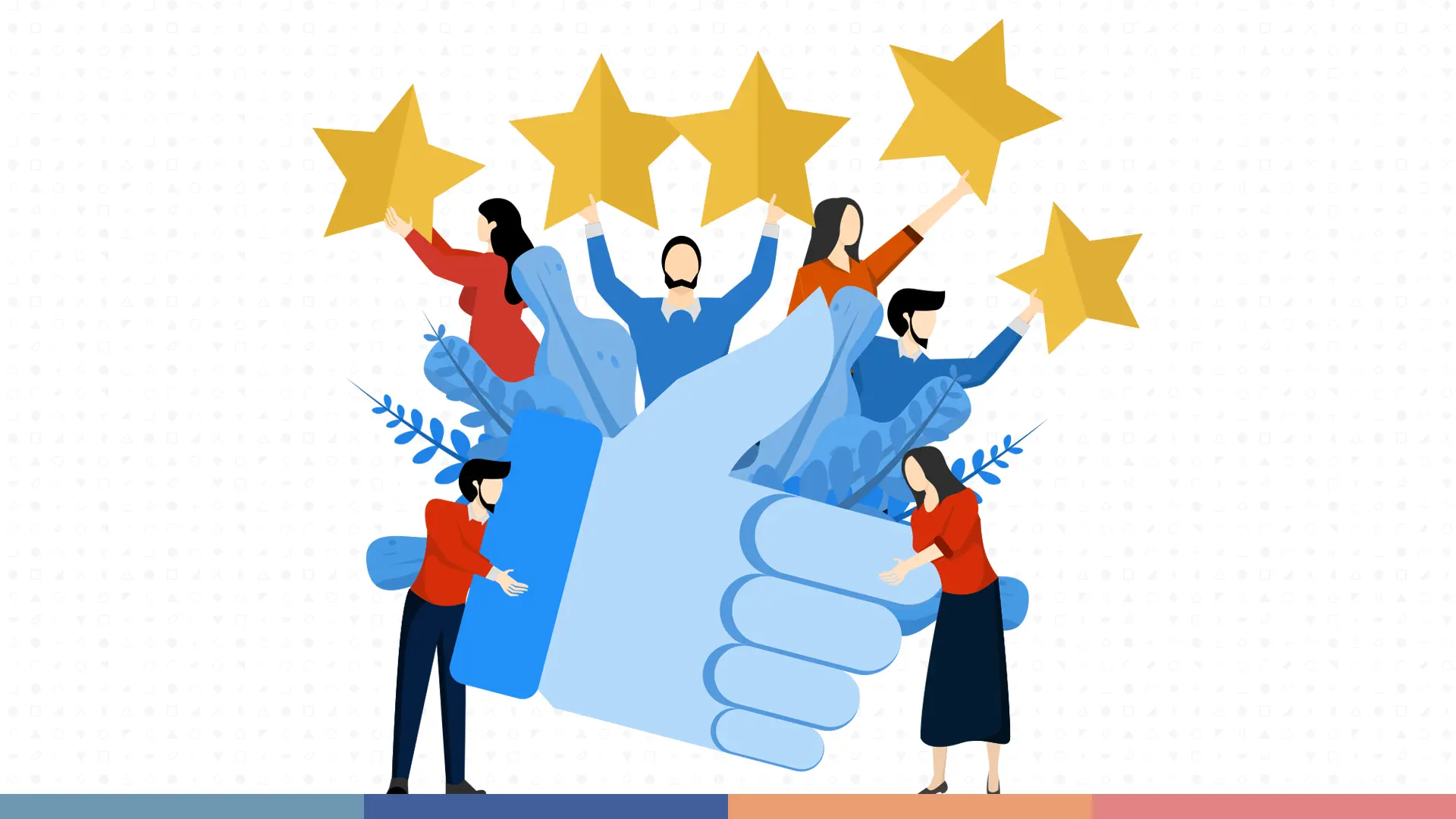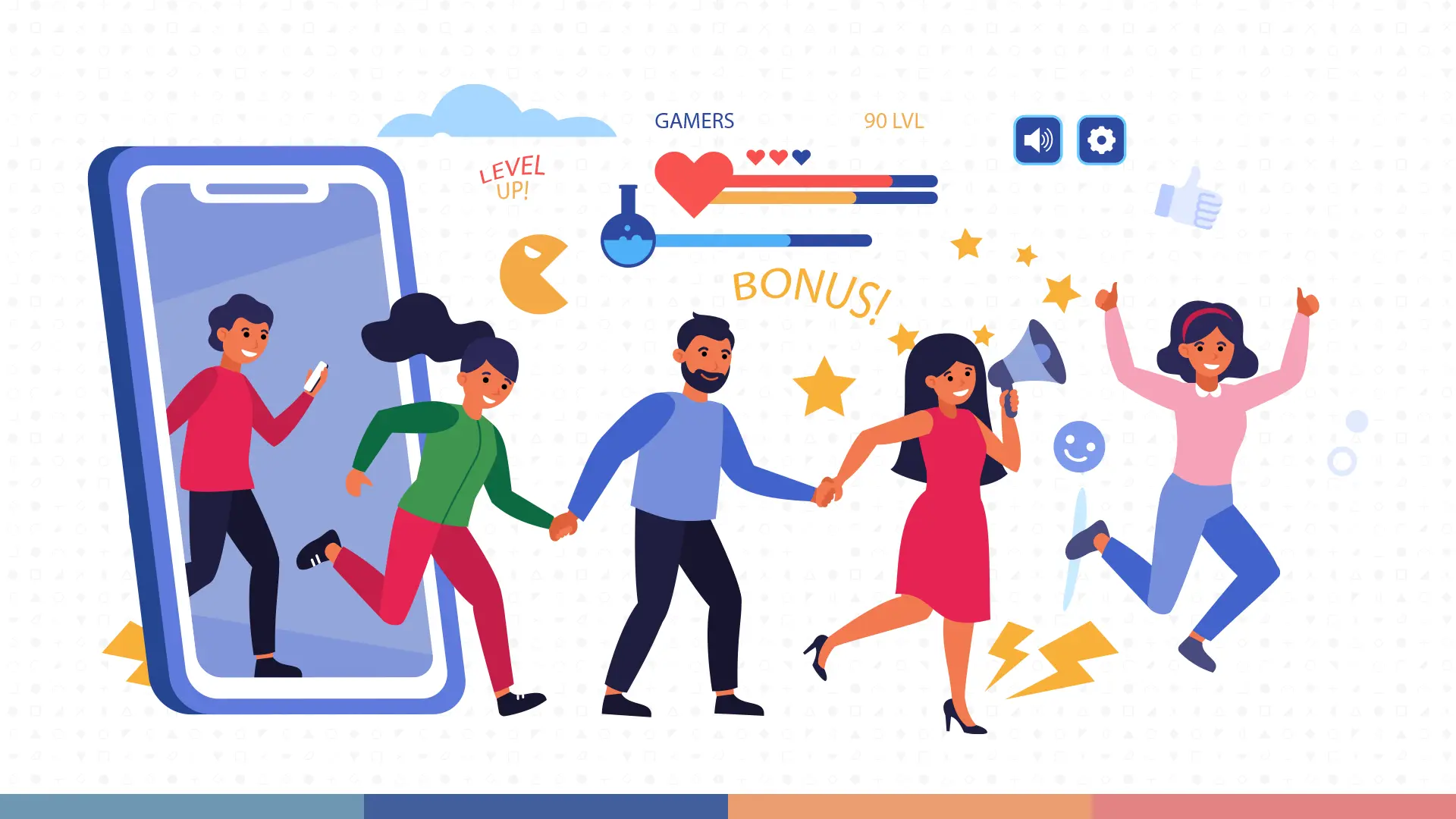Understanding the Differences in: Gamification, Gaming, Game-Based Learning, and Game-Based Assessment

In the rapidly evolving digital landscape, concepts like gamification, gaming, game-based learning, and game-based assessment are gaining momentum as powerful tools for businesses and institutions. However, the key to fully optimizing this momentum lies in a deep understanding of these concepts. Without this understanding, marketers, businesses, and institutions may find themselves at a loss on where to start, potentially missing out on the benefits these innovative strategies can offer. This article aims to demystify these concepts, providing a solid starting point for those looking to make us of these tech trends. Without further ado, let’s begin with the basics!
Gamification
By definition, gamification is the process of using or applying game-design elements and game principles. It’s a strategy that uses our natural desires for socializing, learning, mastery, competition, achievement, status, self-expression, altruism, and closure. The term itself was first coined by a consultant and software developer, Nick Pelling, in 2002. He defined gamification as “applying accelerated user interface design as in games to make electronic transaction more fun and fast.” Understanding this concept is not just theoretical, but also practical. An example of gamification is the use of leaderboards in a sales team to encourage competition and improve performance. This practical application demonstrates the relevance and potential of gamification in real-world scenarios.
Gaming
Gaming, as defined by the Oxford Advanced Learner’s Dictionary, refers to the uncountable act of playing video games. This encompasses a wide range of activities, including online, mobile, and console gaming. The term has evolved from its old-fashioned or legal connotation of gambling to its modern context, which highlights the technological and entertainment aspects of playing video games.
Academic research further explores the multifaceted nature of gaming. For instance, a study published on SSRN examines the impact of online gaming on students’ academic performance, acknowledging that while gaming can enhance cognitive skills, excessive gaming may lead to addiction and poor academic outcomes. Another research article from Frontiers in Psychology delves into the association between video gaming and psychological functioning, revealing that problematic video gaming can correlate with negative psychological symptoms but also noting the differential effects based on gamers’ motivations and preferred game genres.
In essence, gaming is a complex phenomenon that extends beyond mere entertainment. It involves engagement with interactive digital environments, such as those found in popular titles like Fortnite or Call of Duty. While gaming is primarily pursued for enjoyment and leisure, its implications on cognitive and psychological aspects are significant and are the subject of ongoing scholarly investigation. The balance between the positive effects of gaming, such as improved focus and multitasking abilities, and its potential drawbacks, such as the risk of reduced social skills and educational attainment, is a key area of current research.
Game-Based Learning
Game-based learning involves the integration of games into educational processes to enhance learning and engagement. For instance, Minecraft: Education Edition is used in schools to teach subjects like history and math in an interactive environment.
Game-Based Assessment
Game-Based Assessment is the use of game elements to evaluate the skills and knowledge of the learner. An example is the use of puzzles and quizzes in an e-learning course to assess the learner’s understanding of the course material.
Key Differences and Similarities
While all these concepts involve the use of game elements, they differ in their objectives and applications. Gamification and game-based learning are often used in educational and corporate settings to enhance learning and engagement, while gaming is primarily for entertainment. Game-based assessment, on the other hand, is used to evaluate learning outcomes.
Applications and Use Cases
These concepts have found applications in various fields. Businesses use gamification to boost customer engagement and loyalty. Educational institutions leverage game-based learning to make learning more interactive and fun. Recruiters use game-based assessments to evaluate the skills of potential candidates in a more engaging way.
Trends in Gamification 2024
In 2024, gamification has found new applications in marketing, finance, and education. Businesses are using gamification strategies to create engaging marketing campaigns. Financial institutions are using gamified apps to encourage customers to save and invest. Schools and universities are integrating gamification into their curriculums to enhance learning and student engagement.
In recent years, gamification has seen a significant rise across various sectors:
Online Retail
Gamification has made significant strides in engaging and motivating consumers to shop online. A qualitative study focusing on ethical perspectives found that gamification positively impacts customer experiences in online retail The Covid-19 pandemic has had a profound impact on the retail industry, causing significant losses and leading to the administration of many major retail brands in 2020. With the closure of physical stores, social distancing measures, lockdowns, and the widespread adoption of remote work, the retail landscape has undergone major changes. However, consumers still crave the retail experience and expect high-quality products, which creates a challenge for retailers to attract and retain customers. When those retail industries utilized gamification, it effectively helped increase brand loyalty, improve brand recognition, generate higher revenues, and attract new customers. To achieve these benefits, retailers must set clear goals and develop a well-designed gamification app and website. Due to the pandemic, e-commerce activities have surged, and gamification has emerged as a popular digital engagement model that enhances the online retail experience, making online shopping more convenient, fun, and engaging.
Corporate Wellness and Employee Engagement
Corporate wellness strategies can benefit significantly from gamification. By adding game elements, wellness programs become more engaging, motivating, and fun for employees. Interactive tools such as wearable fitness trackers and mobile apps can offer personalized feedback and coaching. Virtual coaching and social support platforms can connect employees with coaches and peers for accountability and encouragement. Additionally, data analytics of gamification can provide employers with valuable information on employee engagement and progress, allowing them to identify areas for improvement and adjust their wellness programs accordingly. Gamification improves participation and adherence to wellness initiatives, leading to better health outcomes and lower healthcare costs.
Sales Effectiveness
Gamification can significantly enhance sales effectiveness activities within organizations. By using sales and performance monitoring, employees become more engaged and motivated, which, in turn, adds value to the organization. A study emphasizes the need for mechanisms to capture high employee income and maintain motivation, as traditional annual results statements only reflect trading effectiveness. The literature review consolidates various studies on the return on capital invested in different business activities through gamification. The research suggests that gamification not only increases productivity but also boosts enthusiasm and satisfaction among employees, leading to improved performance in sales-related tasks. This approach aligns with the growing competition and labor supply in the tertiary economic sector, highlighting the urgency for continuous improvement in employee satisfaction.
Military Training
Gamification has found a place in military training. Realistic simulations and serious games provide risk-free environments for soldiers to practice critical skills. let’s take a closer look at some of their applications in military training:
- Virtual Battlespace (VBS): This versatile military simulation software allows users to create and customize realistic, 3D virtual environments for training purposes. From infantry tactics to vehicular operations, VBS covers it all.
- Combat Medic: This simulation game is a state-of-the-art tool that serves as an advanced training and simulation for medical education. It has been developed specifically for the Army Research Lab STTC. The game uses an online 3D collaborative virtual world that includes learning modules focused on the top three injuries commonly associated with preventable deaths on the modern battlefield. These injuries include hemorrhage, airway management, and tension pneumothorax.
- Full Spectrum Warrior: If you’re familiar with the 2004 strategy-shooter game, Full Spectrum Warrior, you’ll know it achieved commercial success and stood out for its authentic depiction of military operations. However, it was actually developed as a realistic military simulation, originally commissioned by the US Army to train recruits in modern warfare tactics.
With empirical evidence supporting its benefits, gamification is no longer a novel concept but a mature, integral strategy for driving performance and behavioral change. As it continues to evolve, personalization and empathetic design are emerging as key components, ensuring that gamification remains a relevant and effective tool in the modern digital landscape.
Conclusion
Understanding the differences between gamification, gaming, game-based learning, and game-based assessment can help businesses and institutions leverage these tools effectively. Whether it’s enhancing customer engagement, making learning more fun, or assessing skills in an engaging way, these concepts offer immense possibilities.
If you are interested in learning more about gamification and how it can benefit you or your organization
Check out our gamification services page and contact us today. We are ready to help you create a gamification experience that aligns with your needs and preferences.
- All Posts
- All








